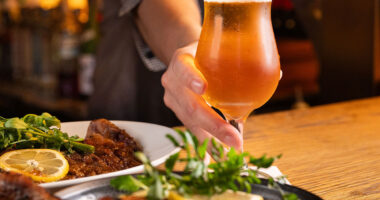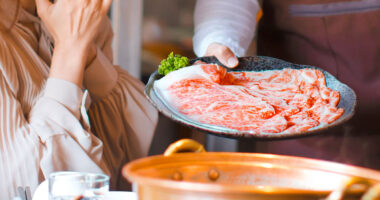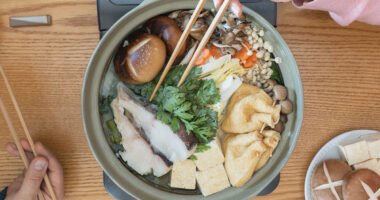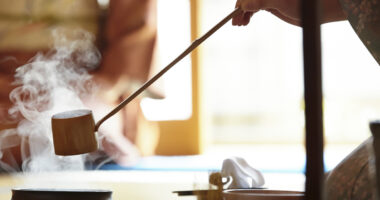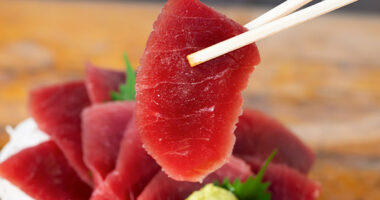
What’s Maguro? Where to Eat It? Your Ultimate Guide to Japan’s Tastiest Tuna!
For international travelers visiting Japan, tasting maguro (tuna) served as sushi or sashimi is a must-try culinary experience. However, did you know that maguro varies greatly in name, flavor, and price depending on its cut or type? In Japan, maguro’s various cuts are meticulously classified, each prepared to highlight its unique characteristics. This article covers essential knowledge for fully enjoying…

